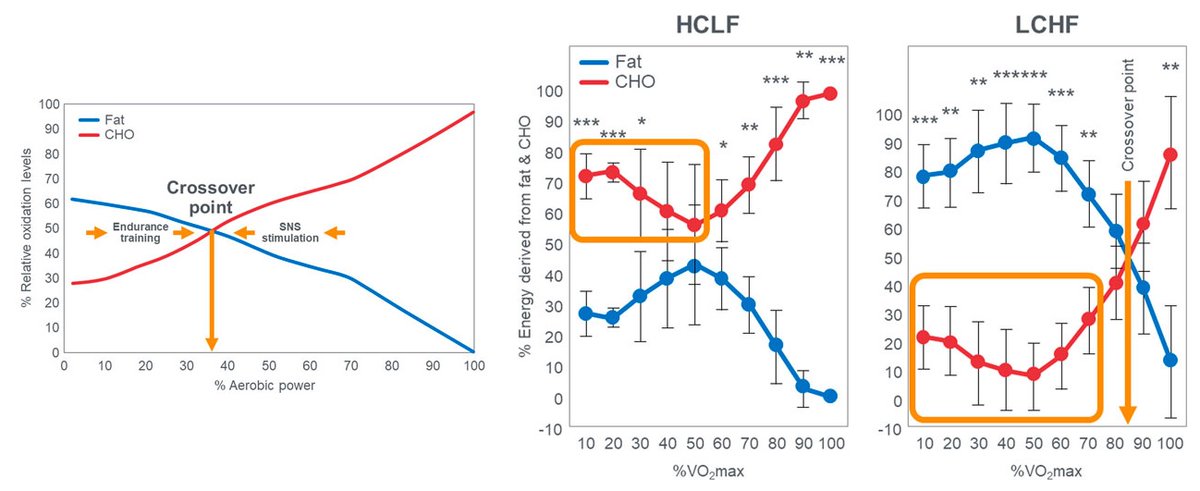
In this one, a hypocaloric ketogenic diet was effective at reducing diurnal glucose compared to a low-fat diet independent of weight loss, with exogenous ketone salts ingestion during the first condition not only augmenting ketonemia, but further decreasing mean fasting glucose. 

- The primary objective of this study was to determine how supplementing a ketogenic diet twice daily with a ketogenic salt (12g βHB per serving) affected measures of fasting and diurnal ketonemia and glycemia in overweight adults during 6 weeks of controlled hypocaloric feeding
- Participants were randomized to two controlled diets: ketogenic diet + twice-daily ketone salt supplementation or ketogenic diet + calorie-free, flavor-matched placebo.
A separate, non-randomized group of age- and BMI- matched participants was also enrolled, who received an isocaloric/isonitrogenous low-fat diet and participated in identical lab testing protocols as the ketogenic diet groups.
- In the context of similar weight loss between ketogenic diets, the inclusion of 24g of ketone salts per day split into two equal doses increased both fasting and 13 hour diurnal βHB concentrations an effect that was associated with lower fasting, but not diurnal glucose. 

"The fact that the KD + KS group had lower fasting glucose but not diurnal glucose than the KD + PL suggests that ketones may act more on hepatic glucose output than rates of glucose disposal."
- Acute ingestion of one dose of ketone salts resulted in the expected rapid peak increase in capillary βHB after the first morning dose (a consistent effect as determined bi-weekly over six-weeks)...
...but this same transient “βHB-augmenting” effect was not detected after the second dose, 8 hours later.
- Fasting insulin and HOMA-IR decreased with clinically significant weight-loss, but were not influenced by diet composition or ketone salts.
In the more technical side of things:
- The ketone salts powder serving contained 12g of βHB as 6g of R-βHB and 6g of S-βHB (i.e., 1:1 R:S racemic blend).
Chirality is the property of a molecule of being non-superimposable on its mirror image.
- The absolute S-BHB concentrations were 50 times lower than R-BHB throughout the intervention, "thus highlighting a small relative presence of the total ketones in circulation". 

- "we confirm that S-BHB is a minor ketone body naturally present in plasma of overweight individuals, albeit at substantially lower levels than the major R-BHB form, and that a significant rise in S-BHB within the first 2-wk of a KD is a component of the keto-adaption process"
Of note, this is the same lab that produced this also extremely interesting study:
https://twitter.com/nick_krontiris/status/1614276568884420609
Fasting and diurnal blood ketonemia and glycemia responses to a six-week, energy-controlled ketogenic diet, supplemented with racemic R/S-BHB salts
doi.org/10.1016/j.clne…
#nutrition #diet #MetabolicSyndrome #InsulinResistance
doi.org/10.1016/j.clne…
#nutrition #diet #MetabolicSyndrome #InsulinResistance
• • •
Missing some Tweet in this thread? You can try to
force a refresh
 Read on Twitter
Read on Twitter









